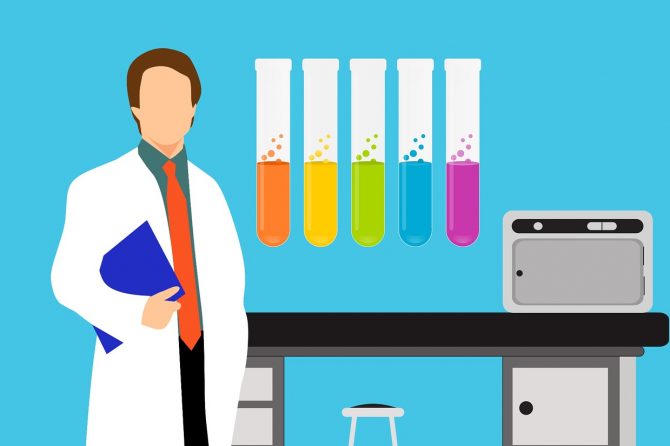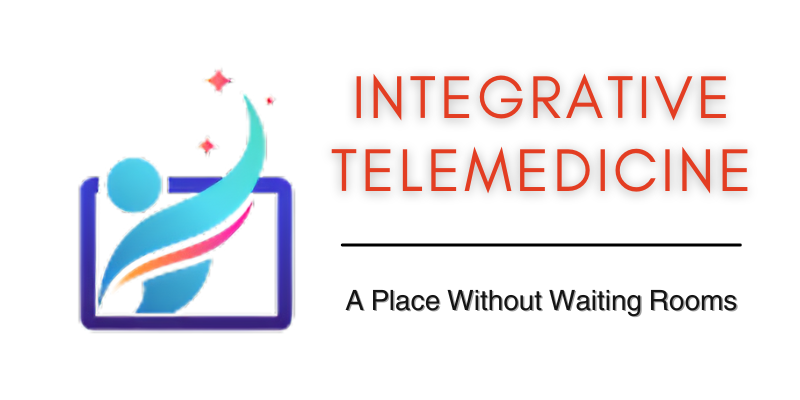
Bioidentical Hormone Replacement Therapy – Types of Medications
Did your doctor recommend hormone replacement therapy, and you’re wondering if this is right for you? Maybe you have questions about the different types of hormone therapy and need some straight answers. Perhaps you want a natural treatment to fix the problem.
Both men and women come to Integrative Telemedicine for this therapy and are looking for real information. Most find interesting things online, but ultimately end-up being quite confused by everything they have found.
It makes total sense, and you’re not alone. Until you do your research, hormone therapy has been mired in controversy and rumor.
One of the most common reasons women use hormone therapy is for menopause. They may also find themselves with low thyroid function, adrenal fatigue, and difficulty adapting after childbirth.
Men can experience the same adrenal fatigue and thyroid depression, and they also go through andropause, which is a decrease in testosterone midlife.
You’re probably feeling tired, but having difficulty sleeping; you could be finding your hair thinning and your skin unusually dry; or you may be gaining weight without knowing the reason.
Many medications exist for hormone therapy, and some block the production of hormones while others replace them. Even some of the medicines force the body to work harder when its function is decreasing.
But, what we found is that Bioidentical Hormone Replacement tends to work for the most people with the least amount of side effects. You’re not forcing the body to work when it’s getting tired, nor are you trying to stop the body from over-producing. What you’re doing is balancing the body and moving it towards a more natural and healthy condition.
Types of Hormone Therapies
Current hormonal therapy is not like what came out in the 90s. Today’s medications are more specific and used for a broader range of applications.
Traditional Pills
The most common forms of replacement therapy are estrogens, estradiol, and birth control pills. It’s one of the best-studied and most publicized.
Taking oral medication in the form of a pill is very convenient for most people. However, they can present problems with dosing and consistency. They also increase the risk of liver problems.
Creams & Gels
Many people looking for a more natural and gentle way of obtaining the hormone replacement use gels, creams, or sprays. They have a wide range of use on the body, allowing easy absorption and avoiding the side effect of too much hormone in one particular place.
The problem with creams and gels is they’re not well studied and tend to be inconsistent in application. It may also not absorb fully or get washed off before fully absorbing. Some people report staining on their clothing.
Another consideration with skin application is other people touching the creams. Because this is a medication, it could cause serious side effects in other people, especially kids.
Patches
Skin patches provide hormones in a slow-release formula from a small, sticky patch attached to your skin. Usually, the patch is placed on the lower abdomen and changed once or twice a week.
The patches are convenient, especially for people who tend to forget to take their medications daily. It also reduces side effects, such as liver damage. The hormones go directly into the bloodstream and do not have to be processed by the liver first.
A downside is the patches may irritate the skin where it is applied and sometimes make people susceptible to sunburn. Heat can cause some patches to release their hormones too fast, limiting people from being out in the sun, using tanning beds, or saunas and hot tubs.
Injections
Most men that need hormone or testosterone therapy use injections because it is faster and more convenient than pills or creams. Some women choose injections but more often use pills or creams.
Pellets
Hormone replacement pellets are small pellets, about the size of a grain of rice, injected under the skin. Over a few months, depending on your prescription, the pellets dissolve, releasing their hormones in a measured and consistent manner. Hormone pellet therapy relies on using bioidentical hormones, so the body does not reject the pellet, and dose for each patient based on specific needs.
The pellets are the easiest to use and individually crafted for each person. However, some people may experience itching around the injection site. Also, many insurance companies are not covering this type of hormone replacement yet.
Overall, you need to make the best decision for your health. If you’re consistent at remembering medication, pills are very convenient. On the other hand, the pellets are crafted for your individual needs and require the least amount of work.
When taking a look at an individual therapy, keep in mind that bioidentical hormones act just like the ones in your body. However, medications are going to force your body to do something it’s not naturally going to do. You have to decide what works best for your body and your lifestyle.
Bioidentical hormone therapy is one of the regenerative medicine treatments offered at Integrative Telemedicine. Our physicians will perform a comprehensive evaluation of your condition in order to determine which treatment might be best for you. They will explain your options so that you can make a decision you’re most comfortable with.
If you have any questions or would like to schedule a consultation, call our friendly staff today at (520) 396-4866 or fill out our online request form. We look forward to being your healthcare partner.
Leave a reply
